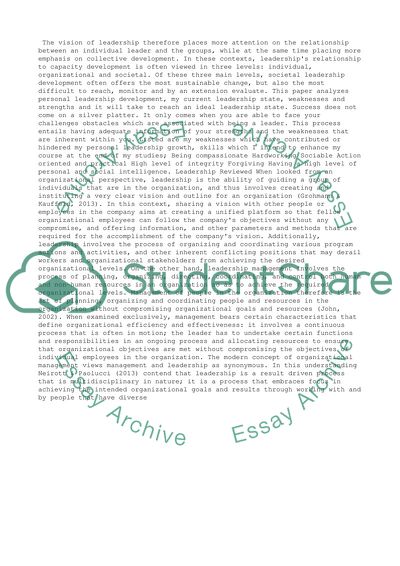Cite this document
(“Personal Leadership Development Strategy Research Paper - 1”, n.d.)
Personal Leadership Development Strategy Research Paper - 1. Retrieved from https://studentshare.org/business/1495381-personal-leadership-development-strategy
Personal Leadership Development Strategy Research Paper - 1. Retrieved from https://studentshare.org/business/1495381-personal-leadership-development-strategy
(Personal Leadership Development Strategy Research Paper - 1)
Personal Leadership Development Strategy Research Paper - 1. https://studentshare.org/business/1495381-personal-leadership-development-strategy.
Personal Leadership Development Strategy Research Paper - 1. https://studentshare.org/business/1495381-personal-leadership-development-strategy.
“Personal Leadership Development Strategy Research Paper - 1”, n.d. https://studentshare.org/business/1495381-personal-leadership-development-strategy.


